Finland was in a difficult position in WWII. The country was at first defending itself from an invasion conducted by the USSR in 1939. After several months of fierce fighting during the so-called Winter War, the Soviets took control of some Finnish territories. In 1940 a fragile peace was signed in Moscow.
In June 1941 Nazi Germany broke their non-aggression pact (known as the Molotov-Ribbentrop agreement) with the Soviet Union. The Finns aligned themselves with the Germans, in the hope of regaining their lost territories. That conflict was known as the Continuation War and lasted until 1944.
The Finnish Army, together with their German counterparts, regained control of their lost territories and expanded into East Karelia. In 1944, the German military might was crumbling. Suspicions arose that Finland was perhaps ready to sign a separate peace agreement with the Soviet Union, thus turning against their former allies.
In August 1944 there was a change in the Finnish leadership and, soon after, Finland confirmed a separate peace had been agreed with the Soviets. Before the announcement, the Germans had already made plans to withdraw north, towards the large nickel mines in Petsamo, in today’s Russia. The withdrawal operation was codenamed Birke, translated as Birch Tree.
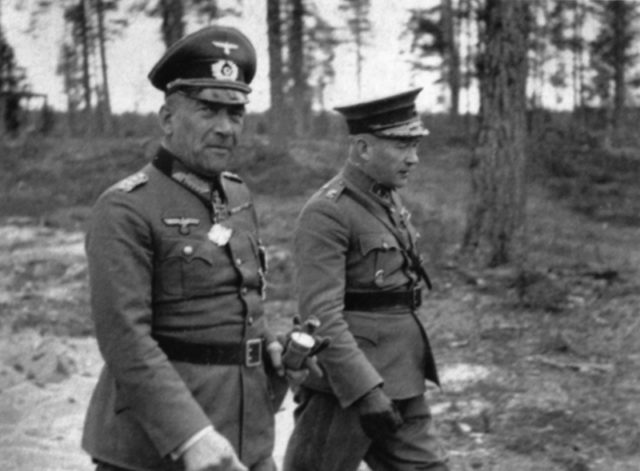
The Soviet Union issued an unrealistic deadline for the evacuation of Germans from Finland. They also demanded that the Finnish Army be demobilized before the entry of Soviet troops into the country.
Both Finland and Germany hoped the withdrawal could be concluded successfully and without delay. The Finns wanted to avoid war on their territory. The Germans needed a safe passage and wished to avoid hostilities.
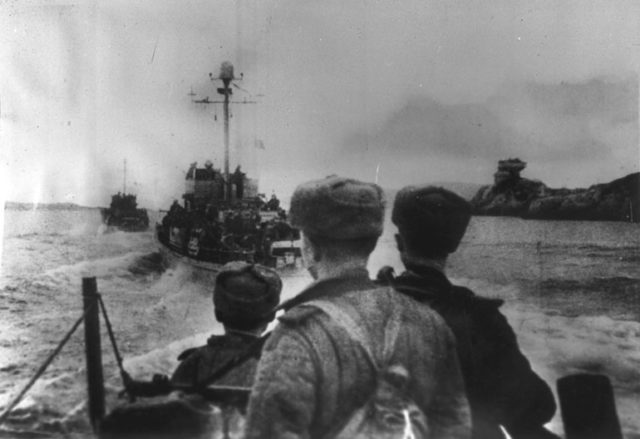
Nevertheless, pressure from the Soviets and the inevitable clashes between soldiers and civilians, together with the German destruction of roads and bridges in Lapland to delay the Soviet advance led to an all-out war between Finland and its former ally, Germany.
The Finnish Army organized a swift invasion of the coastline town of Tornio, in Lapland, which was an important strategic position for the retreating Germans. By that time the plans to hold on to the nickel mines at Petsamo were hanging by a thread, as their defense seemed futile in the face of the incoming Soviet troops.
The finding of another source of nickel in Austria confirmed the cancellation of the defense of the Petsamo mines. Instead, the Germans in Finland were given orders to retreat to Norway.
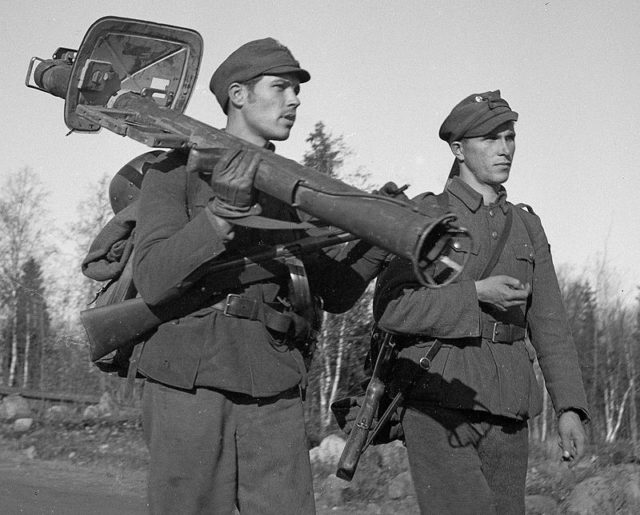
Tornio was taken and held against German counterattacks. Another brigade of the Finnish Army was advancing towards the coastal town of Kemi on the mouth of the river Kemijoki.
The fighting spirit among the Finns was very weak, as they saw no interest in fighting their former allies, but felt forced to do so, to provide better conditions for their country once the Soviets arrived. Stashes of alcohol were confiscated from the Germans, sometimes leading to incidents regarding an alcohol-induced lack of discipline in both Tornio and Kemi.
The Germans began their withdrawal to Norway, and as they destroyed the bridges across the Kemijoki river, their retreat was somewhat safe.
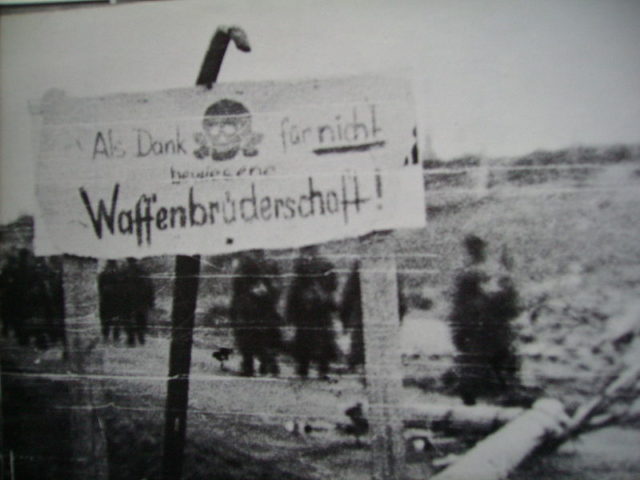
In response to the betrayal committed by their former allies in attacking German troops, General Lothar Rendulic ordered a scorched earth strategy to be implemented, as punishment for the stab in the back. The Germans destroyed all government and civilian buildings, except churches and hospitals on their path to Norway.
Rendulic was a notorious Nazi war criminal and a fanatic known for his treatment of the civilian population in the Balkans where he had been stationed. In Lapland, the civilians had been mostly evacuated, so Rendulic had no chance to practice his cruelty.
The Finns were in pursuit. The desolation left behind by the retreating German force gave them a thirst for revenge. The town of Rovaniemi had 90% of its buildings destroyed, leaving it in rubble.
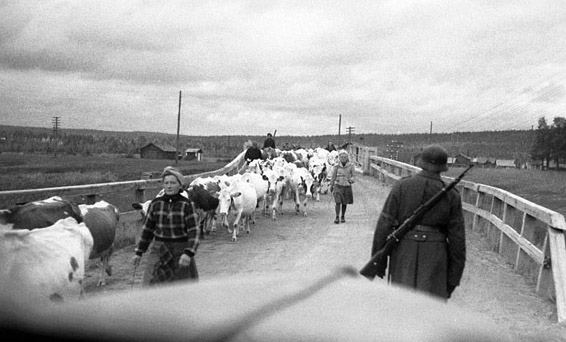
The retreating Germans had a significant advantage, as they were motorized, while the Finns followed them on foot. As roads were destroyed behind the withdrawing German forces, it was impossible to bring in artillery and other heavy weaponry. The Finns encountered the German rearguards but their numbers had been depleted due to the demobilization ordered by the Soviets. There was no way to prevent the remaining German troops from crossing into Norway, which was still firmly held by the Reich.
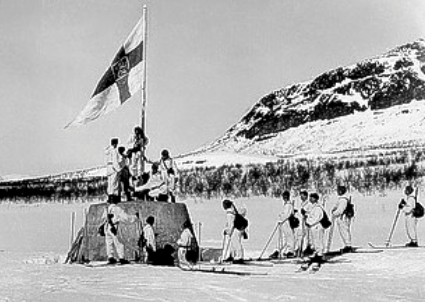
The war in Lapland ended in early November 1944 and there were no more than 600 active soldiers in Lapland by the end of that month. The Germans remained in northern Norway until January 1945.
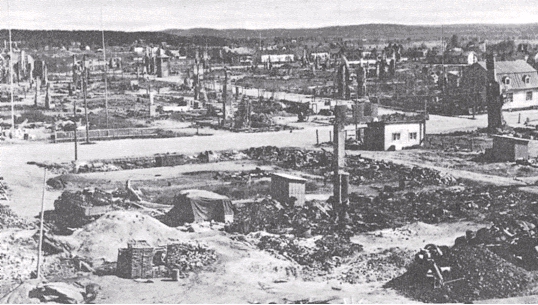
After the war, Rendulic was convicted of war crimes, but none relating to the scorched earth policy in Finland. Although he was sentenced to 20 years, he was released after six.
The war had spanned six years, but Finland had never lost its sovereignty. The Finnish involvement in WWII was estimated to have left damage totaling $300 million at 1945 rates (US$ 3.99 billion in 2017), and about 100,000 refugees. Hundreds of bridges, buildings, and roads were destroyed as part of the Nazi retreat effort.
